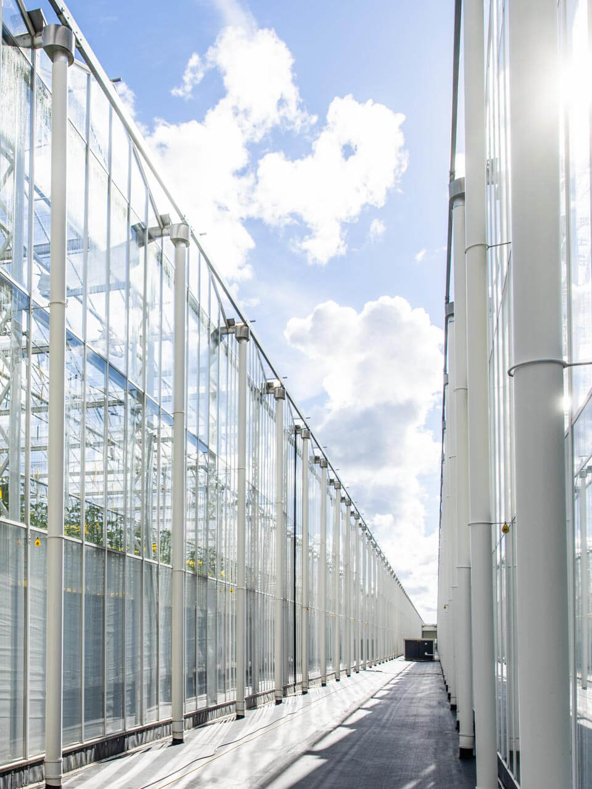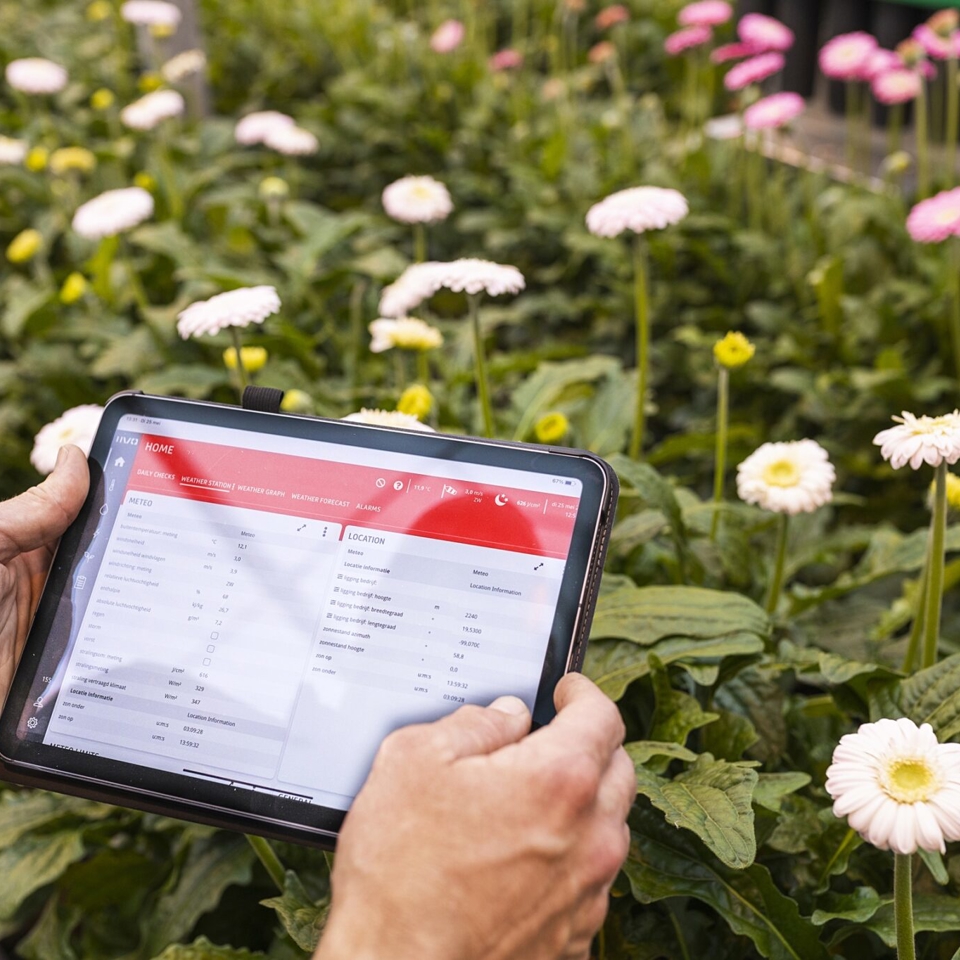From their humble beginnings as a means of protection from external factors, Dutch greenhouses have evolved into high-tech cultivation facilities. This transformation has been significantly propelled by advancements in greenhouse automation systems. These technological strides have enabled the cultivation of out-of-season crops, providing food and flowers to global markets every day of the year.
Greenhouse Automation

Greenhouse Automation: embracing technology
Not just a climate computer but an automated greenhouse
As greenhouses are designed to be as cost-effective as possible, the Dutch greenhouse construction has numerous multi-function elements. The best example for the structures' multi-purpose function, is the way the roof is designed. It's typical V-shape directly serves as a rainwater discharge system and is therefore completely integrated into the greenhouse structure. Cladding, whether it is glass, polycarbonate or sandwich panels, therefore also serves its function as part of a gutter.
Greenhouse Construction
From the bottom up, the greenhouse construction is comprised out of the below structural elements, all with numerous options and variations:
- Foundation: Utilizing materials such as concrete and reinforcement steel.
- Sub- & Superstructure: Comprised of a steel and aluminum frame, respectively.
- Roof & Side Cladding: Options include glass, polycarbonate, dibond, or sandwich panels, integral to greenhouse automation solutions.
- Ventilation: Featuring glass panels that can open, optionally fitted with insect netting, to regulate the internal environment.
- Rainwater Discharge: Efficiently managed through the steel structure or with downpipes, further enhancing the effectiveness of greenhouse automation systems."

Let's talk automation and smart solutions!
Let's talk automation and smart solutions!
greenhouse automation software
To optimize your indoor farm, explore our range of greenhouse automation systems. Featuring state-of-the-art climate computers, sensors, and software, these solutions ensure perfect environmental control and advanced data analytics. As an authorized distributor of Hoogendoorn's industry-leading climate systems, we guarantee top-tier greenhouse automation solutions for peak efficiency and yield.
